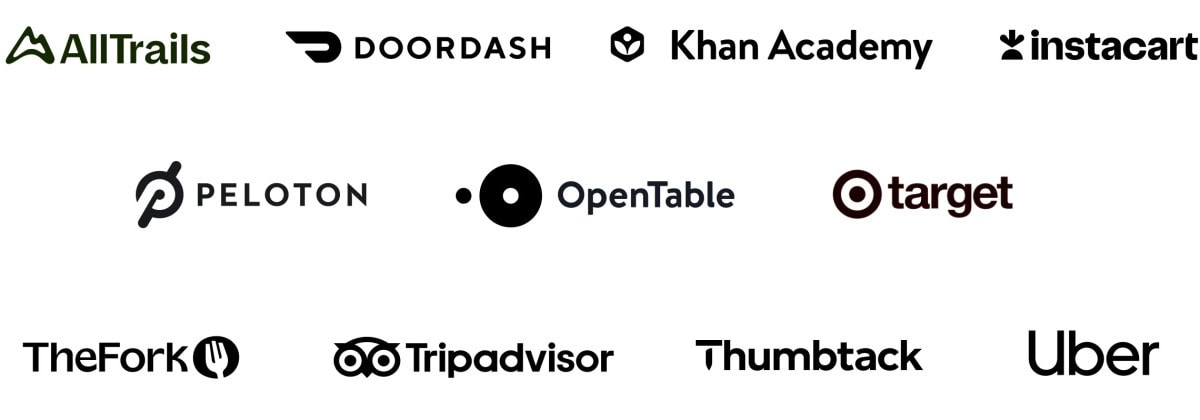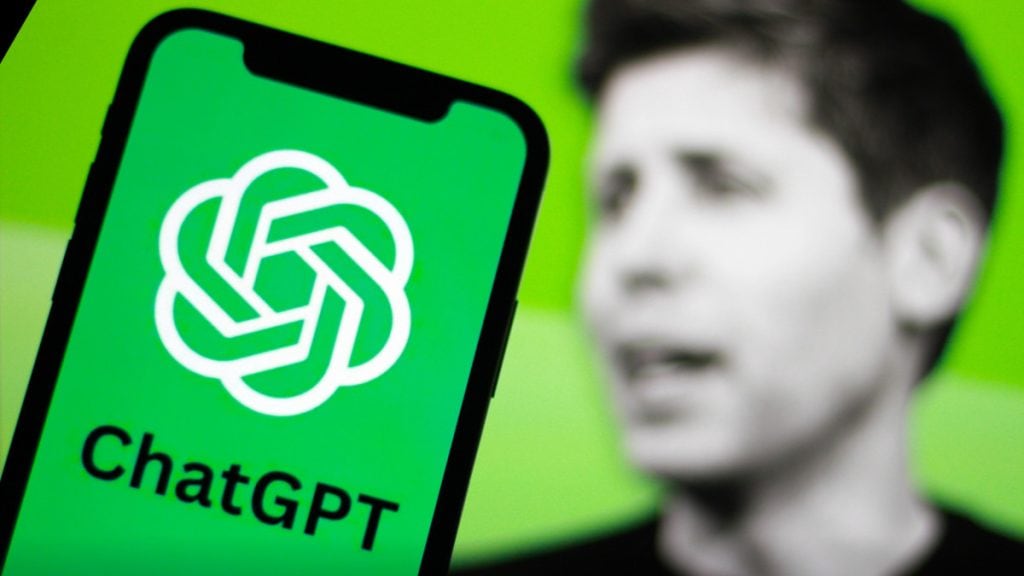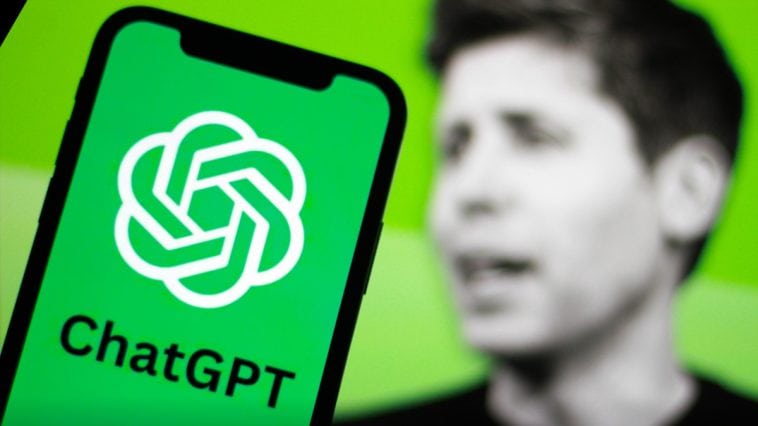Today we’re introducing a new generation of apps you can chat with, right inside ChatGPT. Developers can start building them today with the new Apps SDK, available in preview.
Apps in ChatGPT fit naturally into conversation. You can discover them when ChatGPT suggests one at the right time, or by calling them by name. Apps respond to natural language and include interactive interfaces you can use right in the chat.
For ChatGPT users, apps meet you in the chat and adapt to your context to help you create, learn, and do more. For developers, building with the Apps SDK makes it possible to reach over 800 million ChatGPT users at just the right time.
Apps will be available today to all logged-in ChatGPT users outside of the EU on Free, Go, Plus and Pro plans. Our pilot partners–Booking.com, Canva, Coursera, Figma, Expedia, Spotify and Zillow are also available today in markets where their services are offered starting in English. More pilot partners will launch later this year and we expect to bring apps to EU users soon.
Developers can start building and testing apps today with the new Apps SDK preview, which we’re releasing as an open standard built on the Model Context Protocol(opens in a new window) (MCP). To start building, visit our documentation(opens in a new window) for guidelines and example apps, and then test your apps using Developer Mode in ChatGPT.
Later this year, we’ll begin accepting app submissions for review and publication and will share more details on how developers can monetize their apps.
How to use apps in ChatGPT
When you start a message to ChatGPT with the name of an available app, like “Spotify, make a playlist for my party this Friday,” ChatGPT can automatically surface the app in your chat and use relevant context to help. The first time you use an app, ChatGPT will prompt you to connect so you know what data may be shared with the app.
ChatGPT can also suggest apps when they’re relevant to the conversation. For example, if you’re talking about buying a new home, ChatGPT can surface the Zillow app as a suggestion so you can browse listings that match your budget on an interactive map right inside ChatGPT.
The magic of this new generation of apps in ChatGPT is how they blend familiar interactive elements–like maps, playlists and presentations–with new ways of interacting through conversation. You can start with an outline and ask Canva to transform it into a slide deck, or take a course with Coursera and ask ChatGPT to elaborate on something in the video as you watch.
As more developers build with the Apps SDK, the list of what’s possible will keep growing. Because these apps appear naturally in your chats, you’ll find them when they’re most likely to be useful.
Apps available today
We worked with a small group of early partners to launch the first set of apps, available in ChatGPT today. Their feedback helped shape the Apps SDK preview available to developers now.
Apps coming soon
We’re also excited to welcome 11 more partners and their apps later this year.

How to build with the Apps SDK
Apps in ChatGPT are powered by the Apps SDK, available in preview for developers starting today. The Apps SDK builds on the Model Context Protocol (MCP), the open standard that lets ChatGPT connect to external tools and data. It extends MCP so developers can design both the logic and interface of their apps. We’ve made the Apps SDK open source so that apps built with it can run anywhere that adopts this standard.
Developers can use their own code to define the app’s interface and chat logic, and connect directly with their backend so their existing customers can log in or access premium features.
We’ve published documentation including design guidelines and an open-source repo of examples to help developers design experiences that blend interaction and conversation.
Our goal with today’s preview is to get these tools into developers’ hands, gather feedback, and build this new generation of apps together. More reusable components and faster dev tooling are coming soon.
Safety and privacy
Our policies require that every app in ChatGPT must follow OpenAI’s usage policies, be appropriate for all audiences, and comply with partner rules for any third-party integrations. These standards are designed to help ensure a safe and positive experience for everyone.
Developers must also include clear privacy policies, collect only the minimum data they need, and be transparent about permissions. The first time a user connects an app, ChatGPT prompts them to connect so they understand what data may be shared with developers. Later this year, we will provide even more granular controls to decide what specific data categories each app can use to personalize results.
So developers know what to expect, we’ve also published a draft of our developer guidelines(opens in a new window) outlining the criteria apps must meet to be available in ChatGPT.
What’s next
Later this year, we’ll launch apps to ChatGPT Business, Enterprise and Edu. We’ll also open submissions so developers can publish their apps in ChatGPT, and launch a dedicated directory where users can browse and search for them. Apps that meet the standards provided in our developer guidelines will be eligible to be listed, and those that meet higher design and functionality standards may be featured more prominently—both in the directory and in conversations.
We’ll also share details on monetization soon, including support for the new Agentic Commerce Protocol, an open standard that enables instant checkout in ChatGPT.
This is just the start of apps in ChatGPT, bringing new utility to users and new opportunities for developers.














